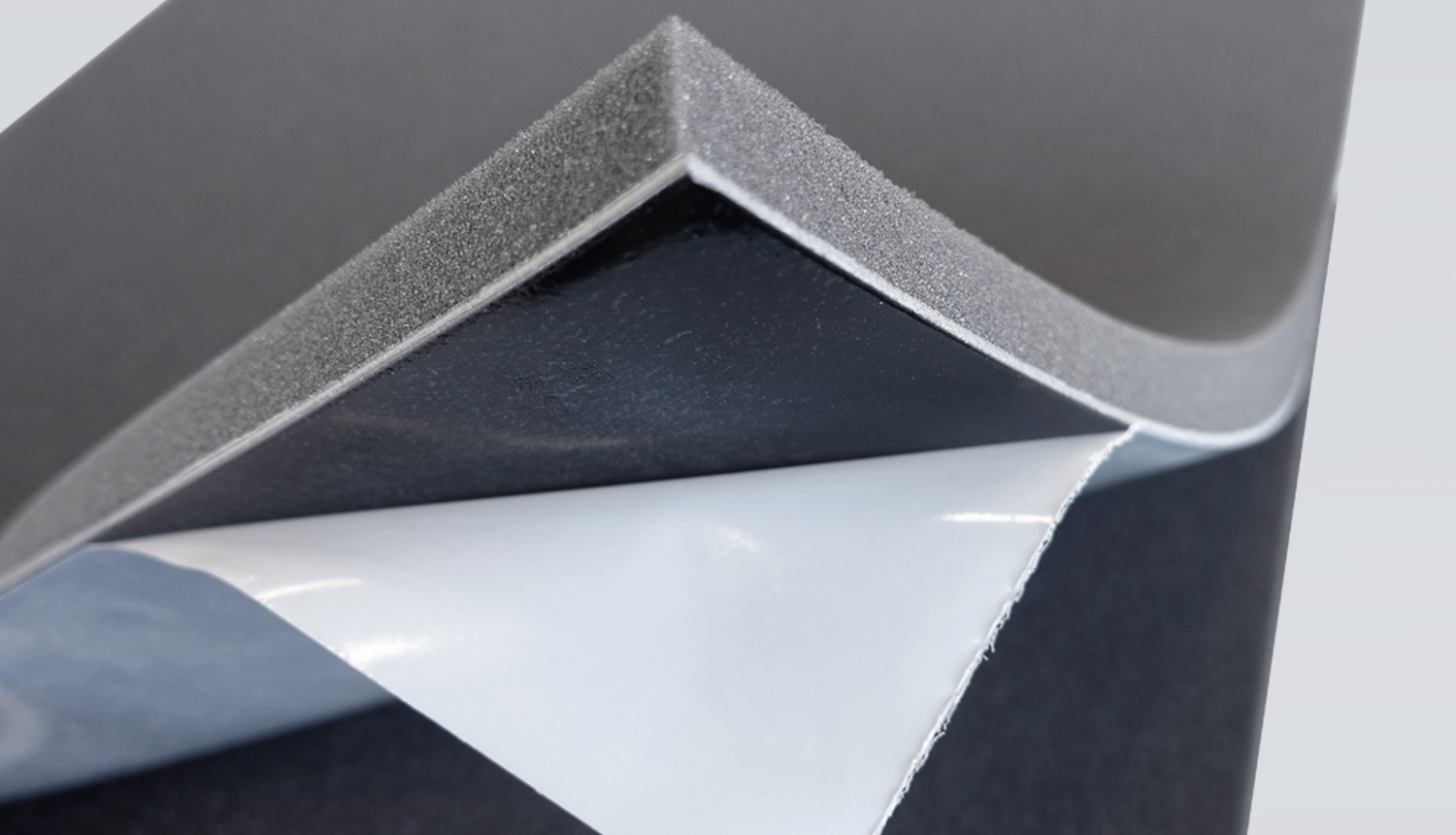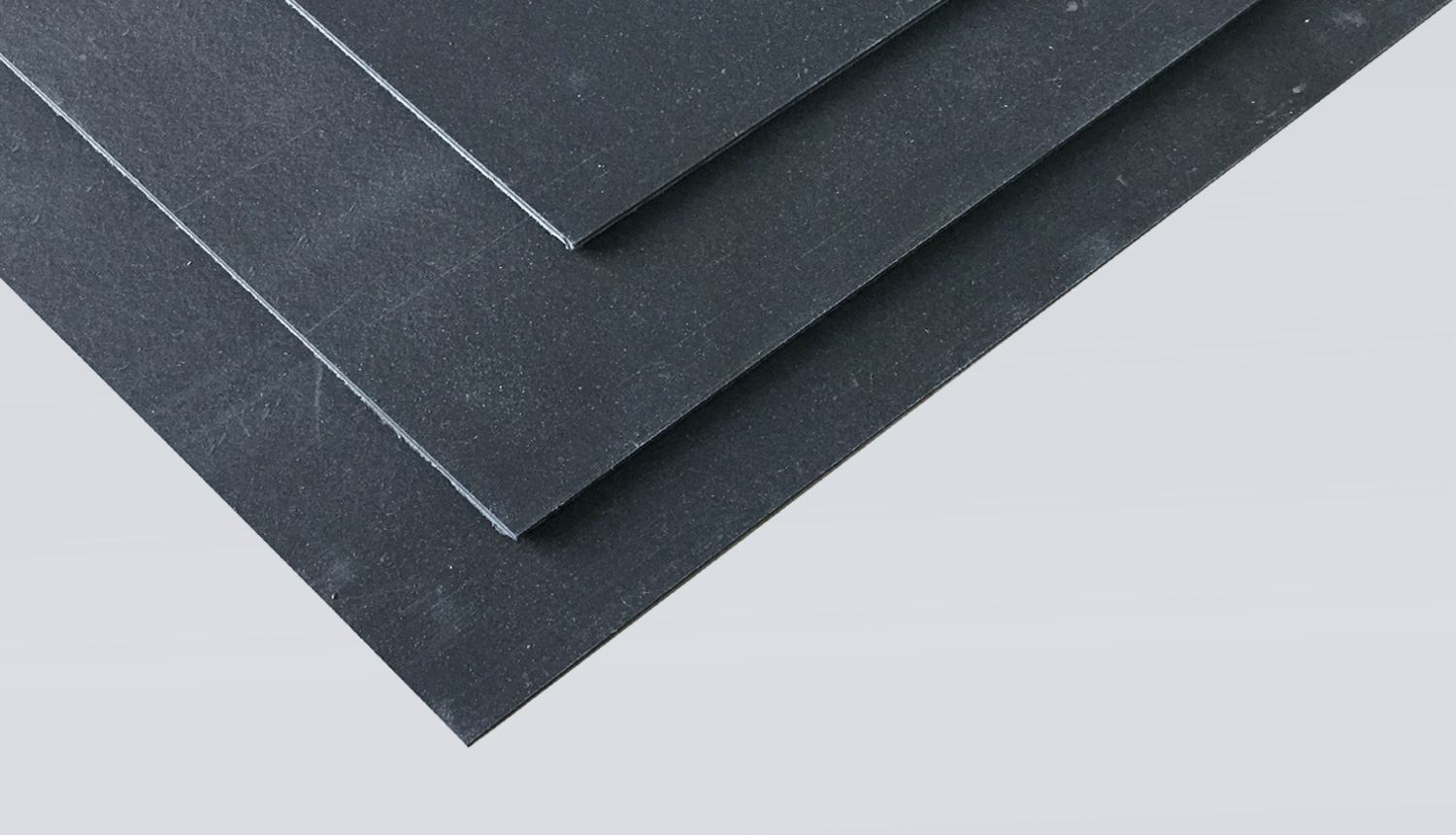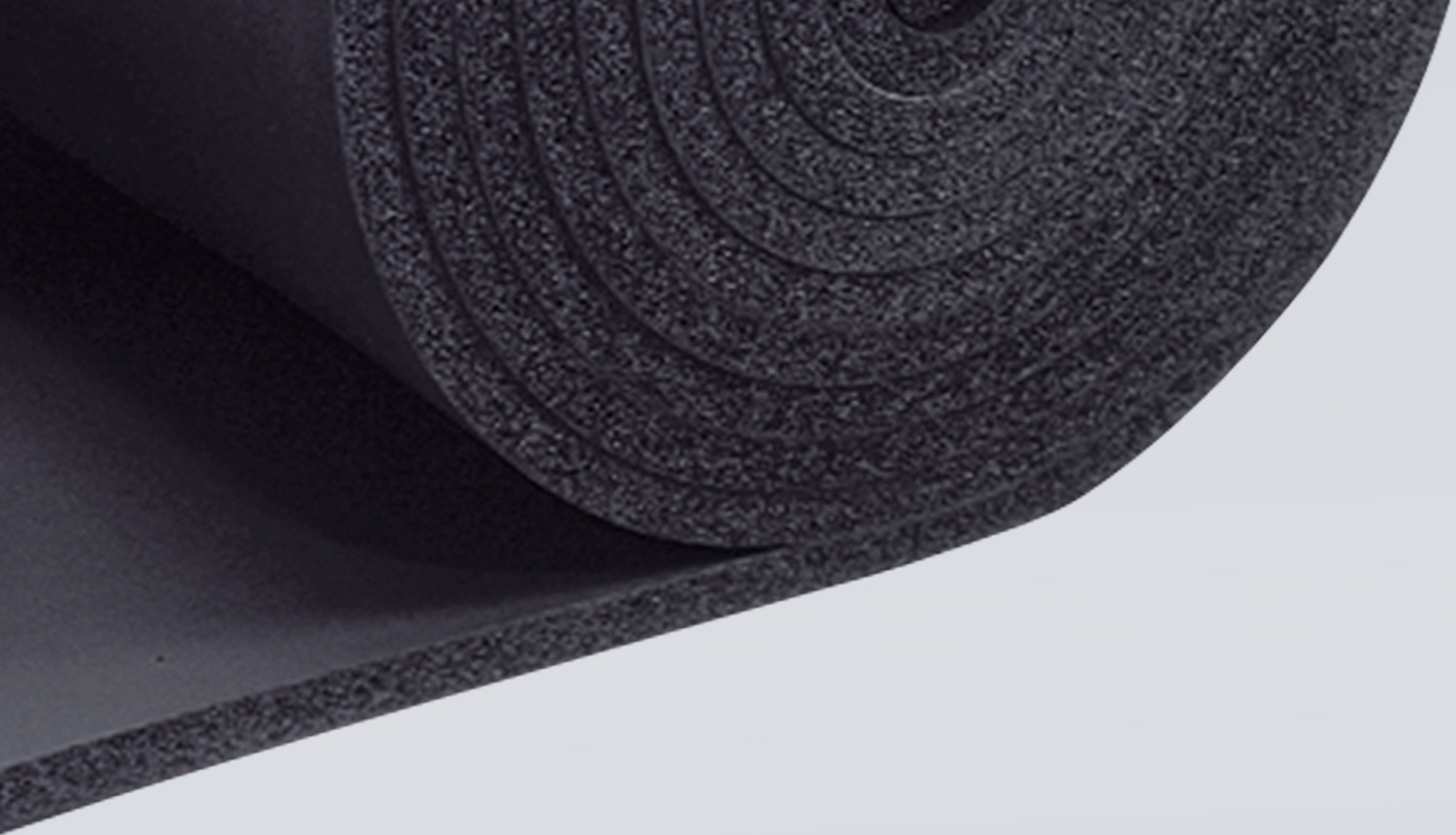Pipelines
Interior fittings
Pipelines
Soundproofing drainage pipe systems
Insulate heating pipes
Thermal insulation for more energy efficiency.
Frequently asked questions (FAQ)
The fire behaviour of building materials is assessed according to their fire and smoke behaviour and classified with a BKZ (fire code number) according to VKF (Association of Cantonal Fire Insurance Companies). These are determined by standardised tests.
The fire index is made up of the degree of flammability ( 1-6 ) and the smoke level (.1-.3). Highly flammable and rapidly burning materials (flammability grades 1-2 ) are not permitted as building materials in fire protection.
Fire classification numbers
3 highly flammable
4 medium combustible
5 hardly inflammable
5 ( 200? ) hardly inflammable at 200?C
6 not flammable
Smoke level
.1 strong smoke formation
.2 moderate smoke generation
.3 low smoke generation
Example: Fire code number 5.2 = hardly combustible, medium smoke formation
Sound attenuation can be understood as the prevention of sound spreading through the absorption of airborne sound. The sound energy is converted into inaudible oscillation waves during sound absorption and as a result the reflection at a boundary surface is reduced. The acoustics within the room are improved and the noise is reduced.
Through the principle of mass increase (weighting), heavy foils for sound insulation bring about a decisive improvement in the (airborne) sound insulation properties of lightweight construction elements made of wood, wood-based materials, plasterboard or thin sheets of steel, aluminium or plastic. Weighting means full-surface connection (gluing) with the light elements. This increases their weight. Thickness and bending stiffness, however, are only minimally increased. Thereby high sound insulation values can be achieved with slim constructions.
In addition, due to their high internal damping capacity, heavy foils have an excellent effect as anti-drumming material, e.g. for thin-walled sheet metal constructions (anti-drumming effect).
Heavy foils are heavy, viscoelastic foils based on plastic or bitumen, which are mainly used to improve the airborne sound insulation (anti-drumming) of thin-walled sheet metal constructions or lightweight construction walls as well as for structure-borne sound insulation (absorption).
The heavy foils from the Vibraplast range have various fire protection certificates such as the fire classification number (BKZ) 5.2 or 5.3 according to VKF / UL 94 / EN 45525 / DIN 4102-1 B2




